By Bob Hicks
Sad news today from Ashland: William Patton, the main man behind the scenes at the Oregon Shakespeare Festival from 1953 until his retirement in 1995, has died. Bill was 83 and had been in failing health for some time. A true Southern Oregonian, he was born in Medford and lived in the Rogue Valley most of his life.
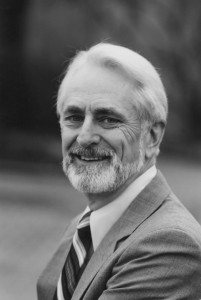 The mythology of the festival is that actor/director/artistic leader Angus Bowmer was the founding visionary, and he was. It was Bowmer who got things going in 1935, and when I began to go to the festival in the late 1960s and 1970s he was still around, still a quiet eminence, still a prominent spirit around the place.
The mythology of the festival is that actor/director/artistic leader Angus Bowmer was the founding visionary, and he was. It was Bowmer who got things going in 1935, and when I began to go to the festival in the late 1960s and 1970s he was still around, still a quiet eminence, still a prominent spirit around the place.
But Patton, as general manager and later executive director, was already well established as the calm, steady hand who kept things rolling, who bridged the gap between festival and community by being an integral part of both, who paved the way for revolutionary changes by making sure that the present was always on an even keel. (He first showed up at the festival in 1947, and even did some acting in the early years.)
Bill was a gentleman in the truest sense of the word, always honest, always understated, devoted to the festival and its people and the audiences he considered part of the family. He was by nature a conservative man — I am not speaking politically here — who would think and think and think a thing through, and once he’d made up his mind, do what he thought good and necessary. No artistic leader could have asked for a better partner: Without Bill Patton, the Oregon Shakespeare Festival would not be the remarkable institution it is today.
Continue reading Bill Patton, gentleman and scholar: 1927-2011
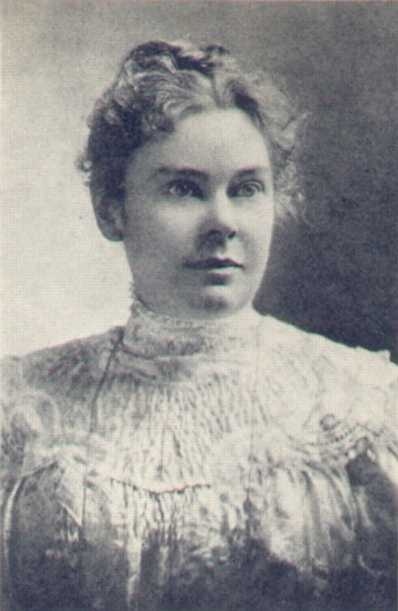 This morning’s
This morning’s 
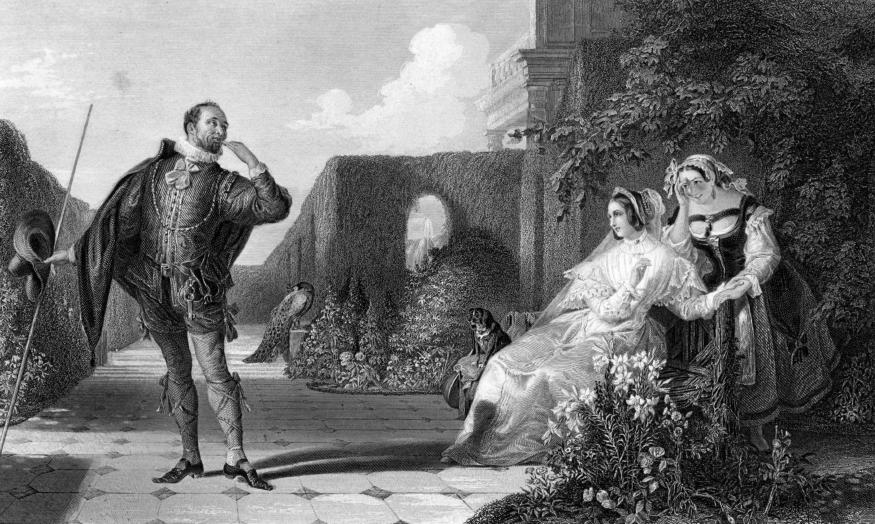
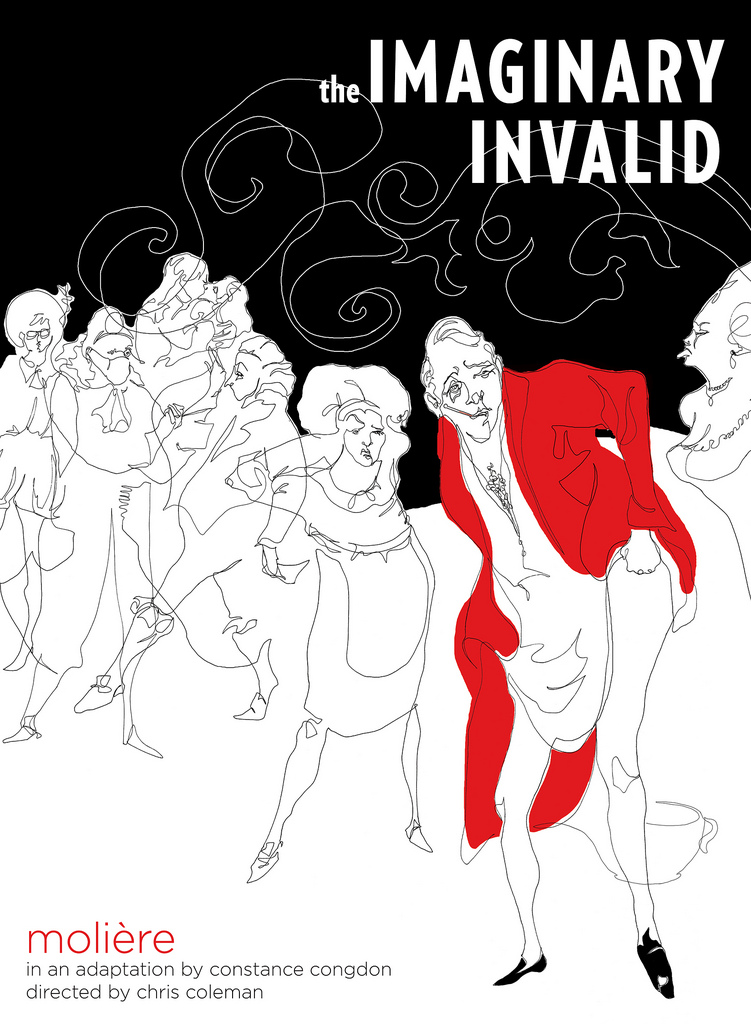 Pepys had notoriously little patience for Shakespeare and his fripperies. What might he have thought, then, of Constance Congdon’s adaptation of Moliere’s
Pepys had notoriously little patience for Shakespeare and his fripperies. What might he have thought, then, of Constance Congdon’s adaptation of Moliere’s 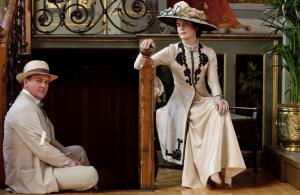
 Beauty fades, of course, or rather, it changes. Now, at 49, McGovern is still beautiful, but in a fully mature, more experienced, less unnerving way — which, from some vantages, makes her even more beautiful: It’s a beauty anchored by reality.
Beauty fades, of course, or rather, it changes. Now, at 49, McGovern is still beautiful, but in a fully mature, more experienced, less unnerving way — which, from some vantages, makes her even more beautiful: It’s a beauty anchored by reality.